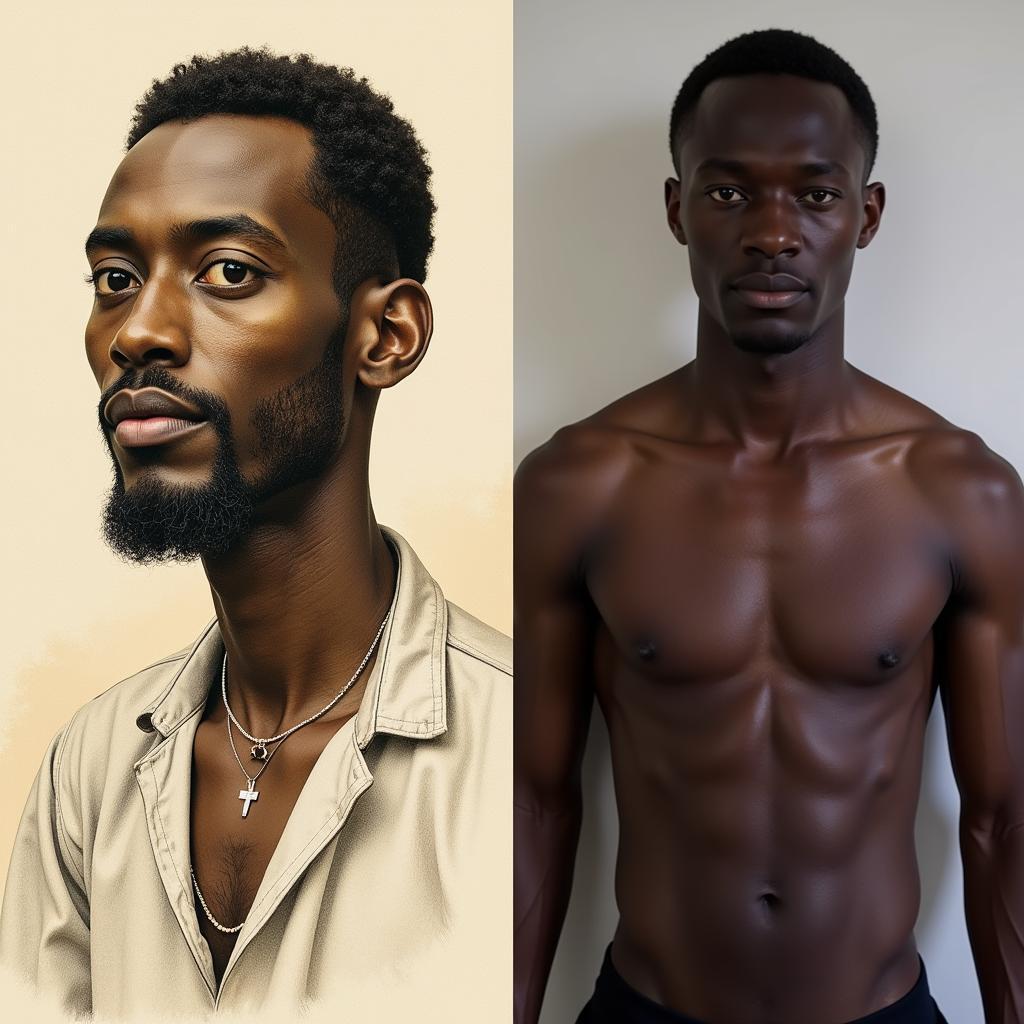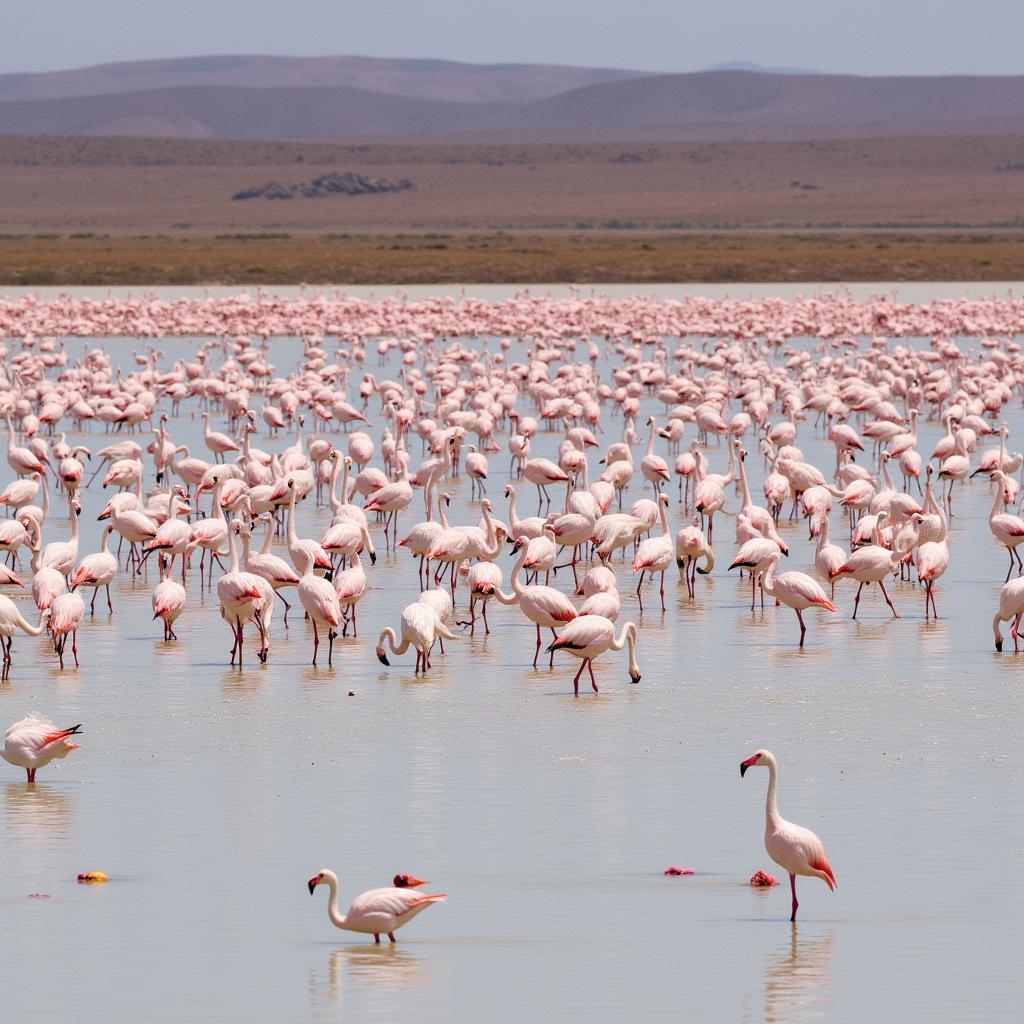Decoding African Gestures: A Journey Through Nonverbal Communication
African Gestures are a rich and complex tapestry, woven with cultural nuances and historical threads. Understanding these nonverbal cues offers a deeper insight into the diverse cultures across the continent. From greetings and expressions of respect to everyday conversations and social interactions, African gestures play a vital role in communication. This journey through the world of African nonverbal communication will unravel the meaning behind various hand movements, body language, and facial expressions, enabling you to appreciate the depth and complexity of African cultures. Let’s delve into this fascinating world.
The Significance of African Gestures
Gestures in Africa are more than just simple movements; they are an integral part of communication, often conveying meaning as effectively as spoken words. They can express emotions, reinforce social hierarchies, and facilitate interactions in diverse cultural contexts. Ignoring these unspoken cues could lead to misunderstandings and misinterpretations. This is especially true considering the vastness of the continent and the multitude of cultures that call it home. For example, a seemingly innocuous gesture in one region might carry a completely different meaning in another. Therefore, learning about African gestures is not only culturally enriching but also crucial for effective communication. Check out some interesting articles on African gestures of respect.
African gestures offer a unique window into the values and beliefs of different communities. For instance, many gestures highlight the importance of respect for elders, community cohesion, and spirituality. These nonverbal expressions provide a fascinating glimpse into the rich cultural heritage of Africa.
Exploring Common African Gestures
Several gestures are prevalent across various African cultures, although their specific meanings may vary slightly from region to region. Some examples include:
- The Right Hand Shake: Widely recognized as a sign of respect, the handshake is often accompanied by specific nuances, such as holding the elbow with the left hand, to signify deeper respect.
- Bowing or Curtseying: This gesture shows deference to elders or authority figures. It is a sign of humility and acknowledgement of social hierarchy.
- Clapping: Clapping is not just for applause in African cultures. It can be used to express agreement, appreciation, or to accompany specific rituals and ceremonies.
- Pointing: While pointing with the index finger is common in some cultures, other African cultures consider it rude. Instead, they might use a whole hand, chin, or lip to indicate direction.
You might be interested in reading more about African hand gestures for further details.
Regional Variations in African Gestures
While certain gestures are shared across multiple African regions, it’s important to acknowledge the vast diversity in nonverbal communication. Each region, and even specific communities within those regions, possesses unique gestures and meanings. For example:
East Africa
In some East African communities, a slight bow accompanied by a handshake signifies respect, while in others, touching the forehead to the ground shows utmost reverence.
West Africa
Certain West African cultures use snapping fingers to beckon someone, a gesture that might be considered rude in other parts of the world. You might want to learn more about specific examples from articles like African American hand gestures.
Southern Africa
Some Southern African communities use specific hand gestures during storytelling or traditional dances, adding another layer of meaning to their artistic expressions. Learning about African guy licking will provide unique examples of traditional african greetings from the past.
Conclusion
African gestures are a captivating window into the rich and diverse cultures of the continent. Understanding these nonverbal cues is essential for meaningful interaction and respectful communication. By delving into this world of unspoken language, we gain a deeper appreciation for the complexities and beauty of African traditions. Remember, these gestures are a living testament to the continent’s vibrant cultural heritage, and learning about them enriches our understanding of human communication in its diverse forms. Now that you have a better understanding of African gestures, consider exploring specific regional traditions and practices for a more in-depth perspective.
FAQ
- Are African gestures universal across the continent? No, gestures vary significantly across different regions and communities.
- Why are African gestures important? They are crucial for effective and respectful communication.
- How can I learn more about specific African gestures? Researching specific regions and cultural groups can provide more detailed insights.
- Is it appropriate to mimic African gestures? While learning about them is encouraged, mimicking them without understanding the cultural context can be seen as disrespectful.
- Are there resources available to learn about African gestures? Yes, books, online articles, and cultural centers often offer information on this topic.
- What is the best way to avoid misinterpreting African gestures? Being observant and asking questions respectfully is key to understanding their meaning.
- How are gestures used in African storytelling? Gestures often enhance the narrative and add another layer of meaning to oral traditions.
For further assistance, please contact us: Phone: +255768904061, Email: kaka.mag@gmail.com, Address: Mbarali DC Mawindi, Kangaga, Tanzania. Our customer service team is available 24/7. Explore other related articles on our website such as african couple xxx video home made.


